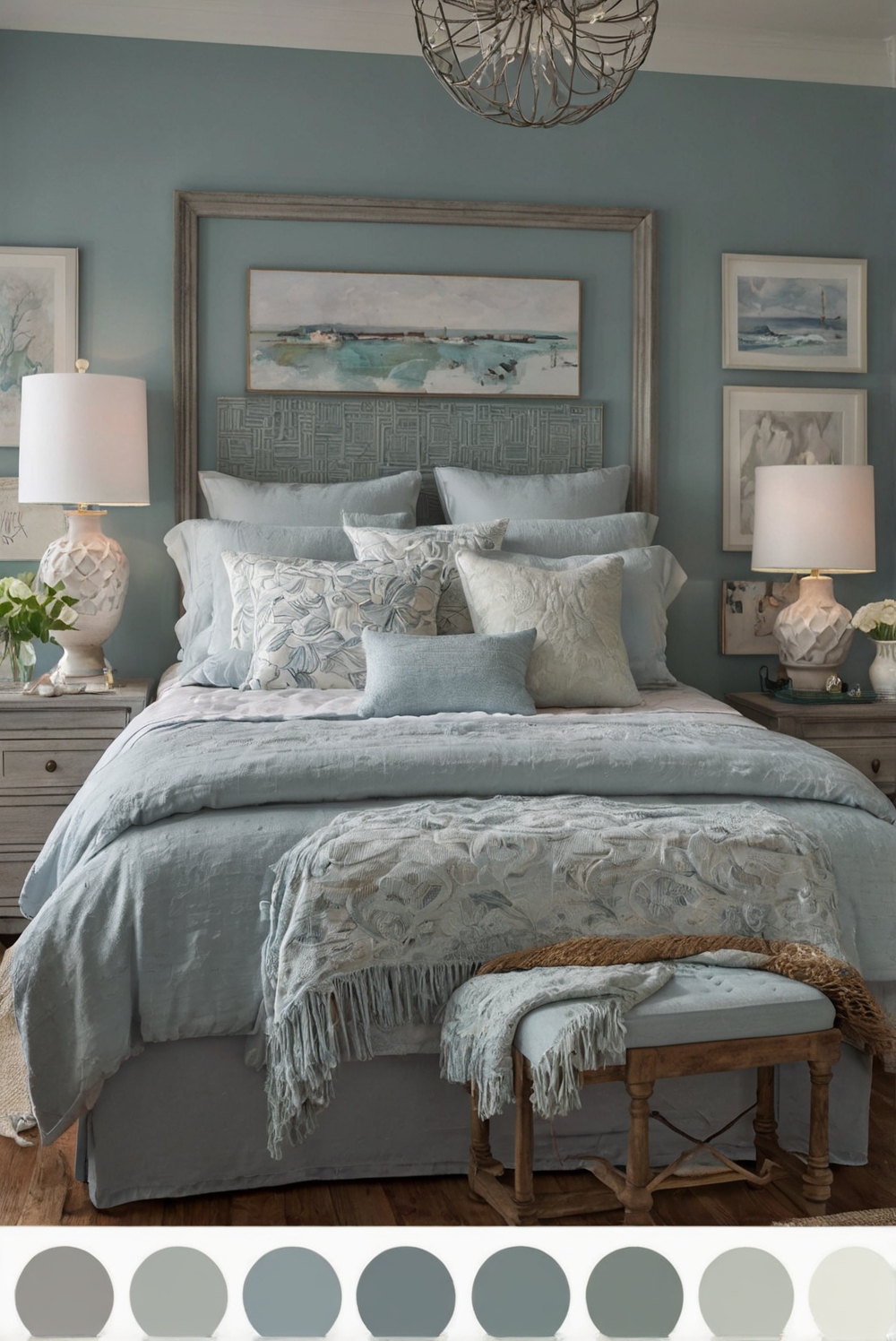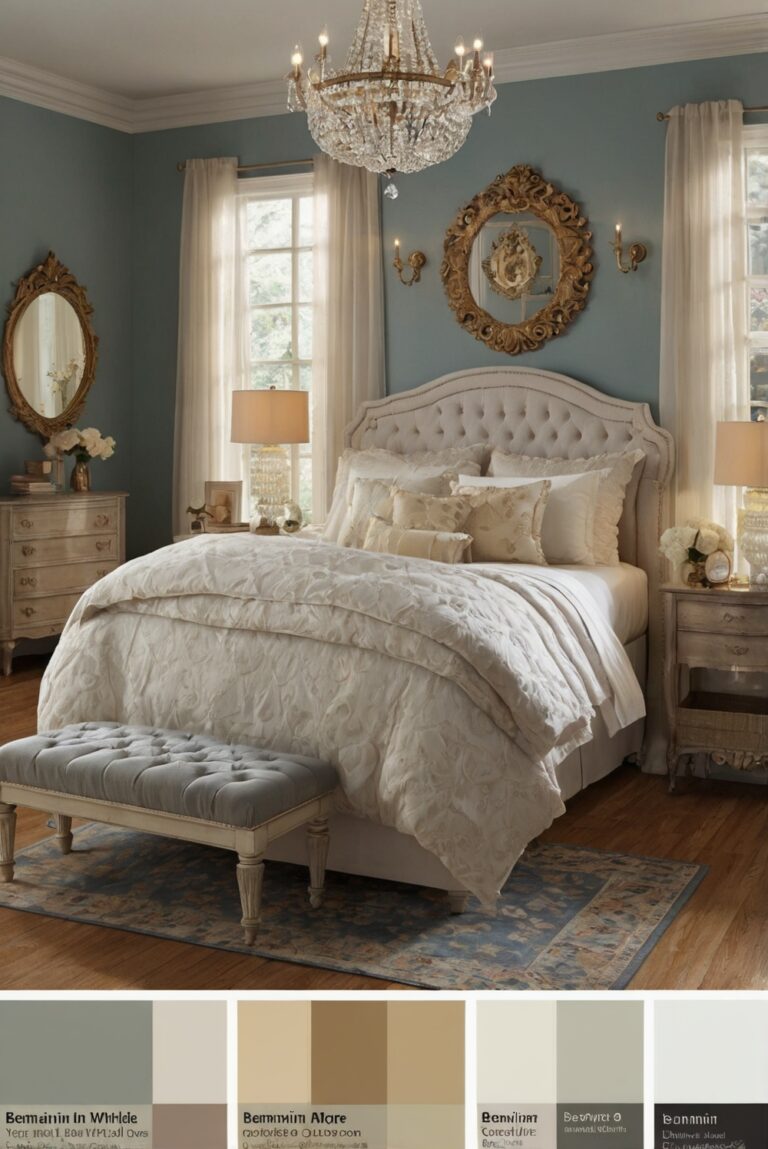
Discover the ultimate guide to selecting the best bedding materials for anti-pilling. Dive into a daily interior designer routine to create a cozy and luxurious bedroom setting.
What Are the Best Bedding Materials for Anti-Pilling?
Egyptian cotton and bamboo are the top choices for bedding materials that are resistant to pilling. Egyptian cotton is known for its superior durability and softness, making it a luxurious option for bedding. Bamboo, on the other hand, is eco-friendly, hypoallergenic, and naturally resistant to odors and bacteria. When selecting bedding materials, ensure that the thread count is high for Egyptian cotton and look for bamboo blends for added comfort.
Consider mixing and matching these materials to create a comfortable and aesthetically pleasing bedroom decor. Additionally, proper care and maintenance, such as washing in cold water and avoiding harsh chemicals, can further prevent pilling on bedding.
What Are the Best Bedding Materials for Anti-Pilling?
When it comes to selecting bedding materials that are resistant to pilling, it is essential to consider the fabric composition. Choosing high-quality materials is the key to preventing pilling and ensuring that your bedding remains smooth and comfortable for a longer period.
One of the best bedding materials for anti-pilling is 100% Egyptian cotton. Egyptian cotton is known for its superior quality and long fibers, which make it less prone to pilling compared to other types of cotton. Investing in bedding made from Egyptian cotton can significantly reduce the chances of pilling and ensure durability.
Another excellent option for anti-pilling bedding is bamboo-derived fabrics. Bamboo bedding is not only soft and comfortable but also resistant to pilling. The smooth texture of bamboo fibers minimizes friction, reducing the likelihood of pilling over time.
How Do Synthetic Fabrics Compare in Terms of Anti-Pilling Properties?
Synthetic fabrics such as polyester and microfiber are often used in bedding due to their affordability and easy maintenance. While synthetic fabrics may be less prone to wrinkling, they are more likely to pill compared to natural materials like cotton and bamboo.
Are Thread Count and Weave Important Factors for Anti-Pilling Bedding?
Thread count and weave play a crucial role in determining the quality of bedding in terms of comfort and durability. Higher thread count and tightly woven fabrics are generally more resistant to pilling. Opting for bedding with a thread count of 300 or higher and a tight weave can help prevent pilling and ensure long-lasting quality.
What Other Factors Should Be Considered When Choosing Anti-Pilling Bedding?
Apart from the material composition, there are other factors to consider when selecting anti-pilling bedding. It is essential to look for bedding that is pre-shrunk and pre-washed, as these processes can help reduce pilling after washing. Additionally, choosing bedding with a sateen finish can further enhance its anti-pilling properties.
In conclusion, when searching for the best bedding materials for anti-pilling, prioritizing high-quality natural fabrics like Egyptian cotton and bamboo-derived fabrics is key. Considering factors such as thread count, weave, and finishing processes can also help in selecting bedding that is resistant to pilling and guarantees long-lasting comfort and durability.
1. What materials are best for anti-pilling bedding?
The best materials for anti-pilling bedding are natural fibers like cotton, bamboo, and silk. These materials are durable, soft, and resistant to pilling. Additionally, high-quality synthetic fibers such as microfiber and polyester blends are also good choices for anti-pilling bedding. These materials are often treated with anti-pilling finishes during the manufacturing process to further enhance their resistance to pilling.
2. How do I prevent pilling on my bedding?
To prevent pilling on your bedding, it is important to wash your sheets and pillowcases in cold water and avoid using harsh chemicals or bleach. Additionally, turning your bedding inside out before washing can help reduce friction and prevent pilling. Using a gentle cycle and low heat settings when drying your bedding can also help maintain its quality and prevent pilling.
3. Are there specific thread counts that are better for anti-pilling bedding?
Higher thread count bedding is generally more prone to pilling due to the increased number of fibers in the fabric. However, opting for a medium thread count (around 300-500) can strike a balance between comfort and durability, reducing the risk of pilling. It is essential to choose high-quality bedding made from natural or synthetic fibers with a medium thread count to ensure anti-pilling properties.
4. What are the benefits of using anti-pilling bedding materials?
Using anti-pilling bedding materials offers several benefits, including enhanced durability, longer lifespan, and improved comfort. Anti-pilling bedding materials are resistant to wear and tear, maintaining their softness and smooth texture over time. Additionally, these materials are easy to care for and require minimal maintenance to keep them looking new. Investing in anti-pilling bedding can save you money in the long run by reducing the need for frequent replacements due to pilling.
5. How can I identify high-quality anti-pilling bedding materials?
High-quality anti-pilling bedding materials are characterized by their softness, smooth texture, and resistance to pilling. When shopping for bedding, look for products made from natural fibers like cotton, bamboo, or silk, or high-quality synthetic fibers such as microfiber and polyester blends. Check the product labels for information on thread count, fiber content, and anti-pilling treatments to ensure you are purchasing a durable and long-lasting bedding set. Additionally, reading customer reviews and seeking recommendations from trusted sources can help you identify reputable brands known for their anti-pilling bedding materials.

